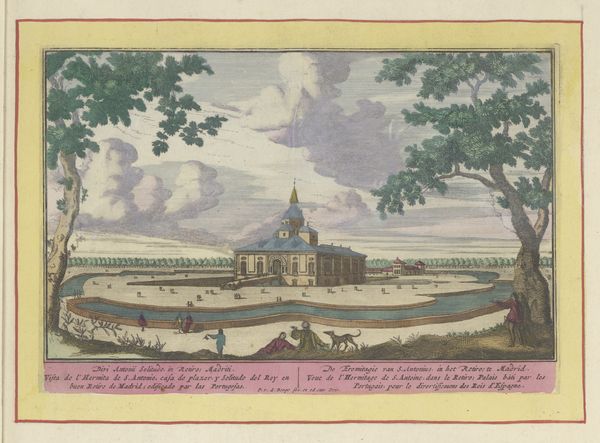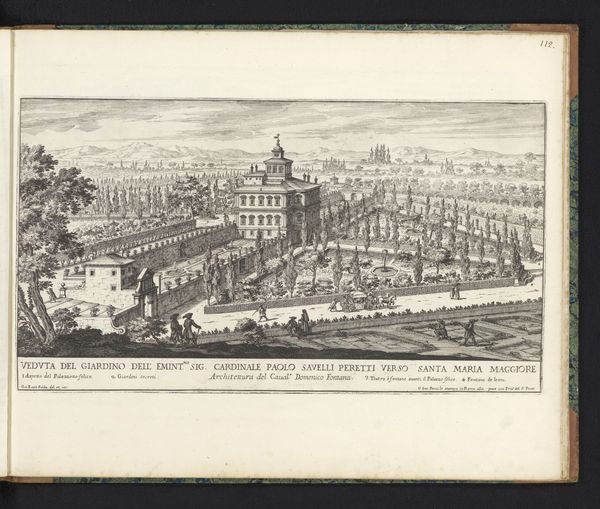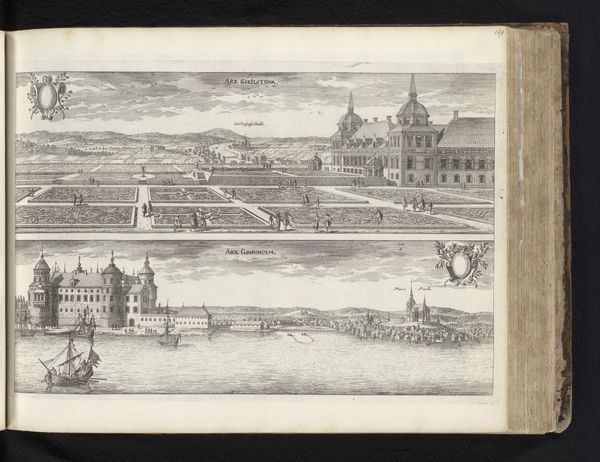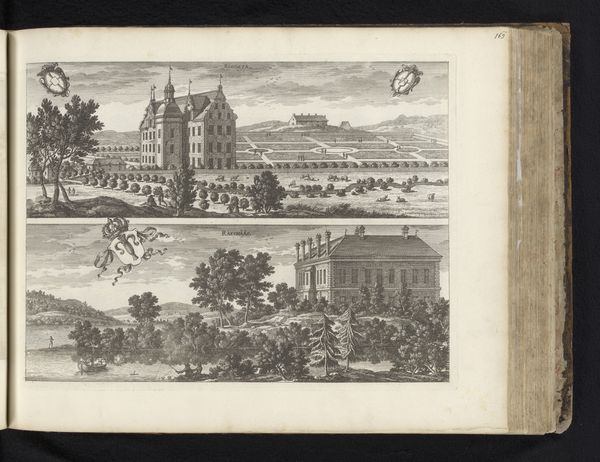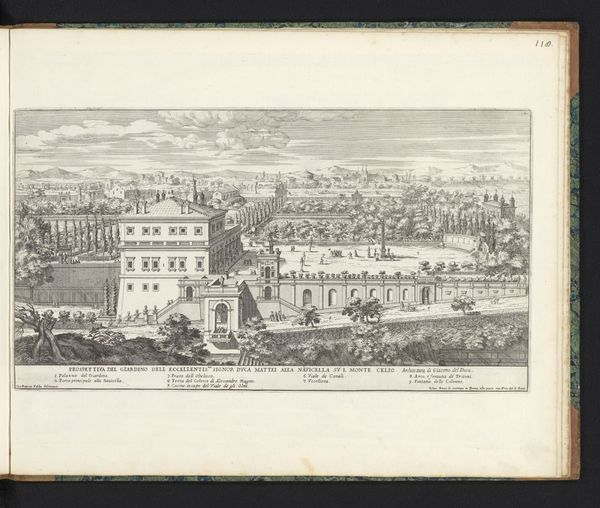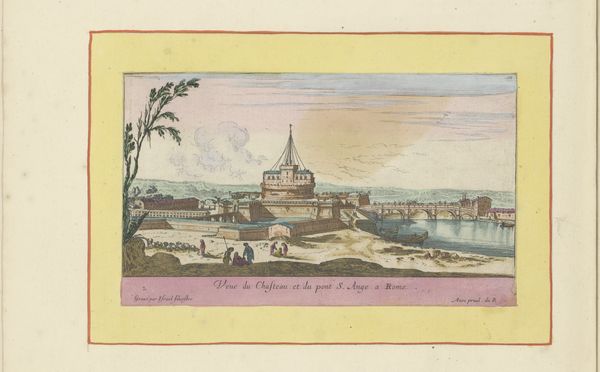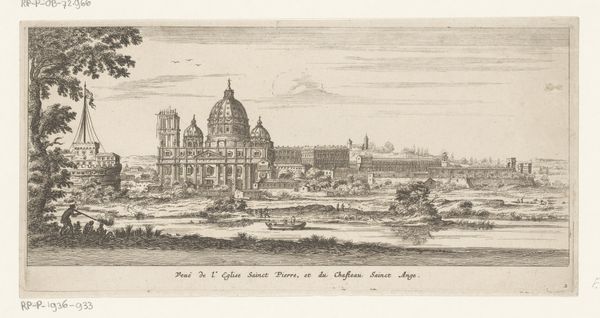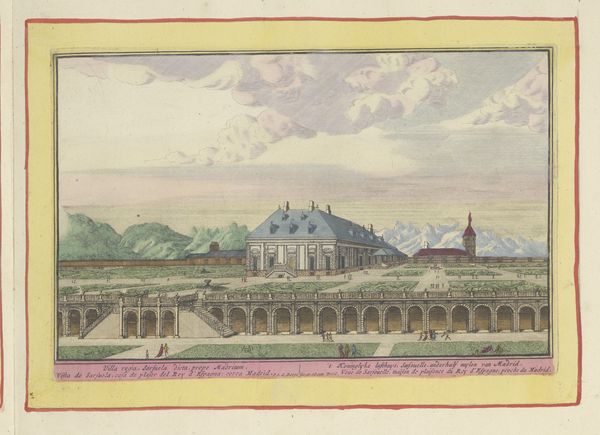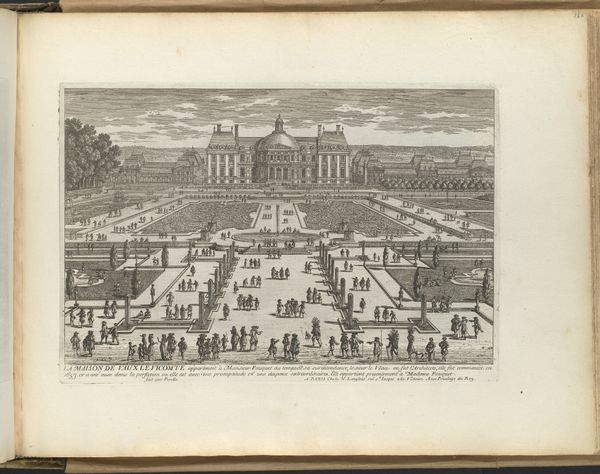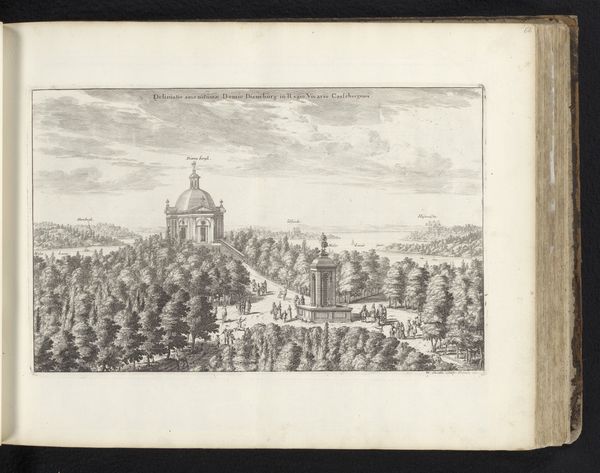
Sint-Pietersbasiliek, het Vaticaan en de Engelenburcht Possibly 1620 - 1717
0:00
0:00
coloured-pencil, painting, watercolor
#
coloured-pencil
#
baroque
#
painting
#
watercolor
#
coloured pencil
#
cityscape
#
genre-painting
Dimensions: height 112 mm, width 253 mm
Copyright: Rijks Museum: Open Domain
Editor: This piece, titled "Sint-Pietersbasiliek, het Vaticaan en de Engelenburcht", possibly from between 1620 and 1717, and attributed to François Collignon, presents a lovely scene rendered in watercolour and colored pencil. It's so delicate, almost like a postcard from a bygone era. What social narratives can you extract from this cityscape? Curator: That's a good observation! Beyond its aesthetic appeal, consider what this image communicated to its viewers, perhaps wealthy tourists on the Grand Tour, or even to the artist himself, removed from the actual location? This piece portrays the Vatican not just as a religious center, but as a site of power, displayed from a safe distance across the river. The perspective gives viewers a sense of dominion over what they are viewing, what stories could the image generate back in the 17th-18th centuries? Editor: So, it’s almost like a souvenir then, reinforcing a certain understanding of Rome and the papacy to those who consumed it? It projects authority, but at arm's length? Curator: Exactly. The careful detail given to St. Peter's and the Castel Sant'Angelo, juxtaposed with the tiny figures in the foreground and boaters on the river, reinforces a hierarchy. Who were the primary consumers of imagery such as this and what messages were they taking away regarding the socio-political landscape of the location itself? Editor: The distance definitely frames it as something observed, almost consumed, rather than participated in. Thinking about it as a historical artifact this way really opens it up. Curator: Indeed. Examining it within the context of early tourism and image circulation transforms a pretty cityscape into a potent symbol of cultural power and control. This piece served both as an attraction to bring people to this location while providing an "experience" for viewers removed by distance. This speaks to art's power in defining perceptions of the world. Editor: I had never thought about a drawing holding so much social information, that’s incredible, I will make sure to examine pieces considering that. Curator: Always look beyond the surface when examining the images we display and promote; every stroke and color tells a multifaceted story of society.
Comments
No comments
Be the first to comment and join the conversation on the ultimate creative platform.
